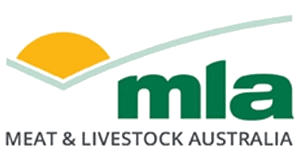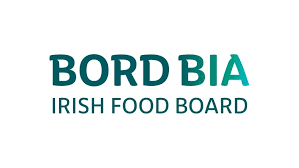British Pork Secures £19 Million Export Deal with Mexico
British Pork Secures £19 Million Export Deal with Mexico
The British pork export deal with Mexico marks a major breakthrough for the UK meat sector. Valued at £19 million, it opens a new market for pork producers in England and Northern Ireland.
Deal Details
The Department for Environment, Food & Rural Affairs (Defra) confirmed the agreement on 29 August 2025. Under the deal, 12 approved businesses can now export pork cuts, offal, and edible by-products to Mexico.
This step supports the UK’s plan to expand food and drink exports. It should also boost farmgate prices, improve carcass values, and strengthen Britain’s role as a trusted supplier of high-welfare pork.
Industry Response
“British pork is renowned for its quality and high welfare standards, so it’s no surprise to see global demand continuing to grow,” said Daniel Zeichner, Minister for Food Security and Rural Affairs. “This is a tremendous win for our pork producers.”
The announcement follows the UK’s recent success in resuming pork exports to China. Moreover, it fits with the government’s Plan for Change, which aims to support rural economies and open new markets.
Exports Minister Gareth Thomas added:
“This is a £20 million win for British farming and a clear example of how we’re removing trade barriers and delivering fast results for UK producers.”
Market Outlook
For the first time, Northern Irish exporters will gain access to the Mexican market. As a result, the deal could further raise the profile of UK pork globally.
In conclusion, the British pork export deal with Mexico represents a strong step forward. It provides new opportunities for producers and strengthens the UK’s position in global pork trade.
Original source: Gov.uk


